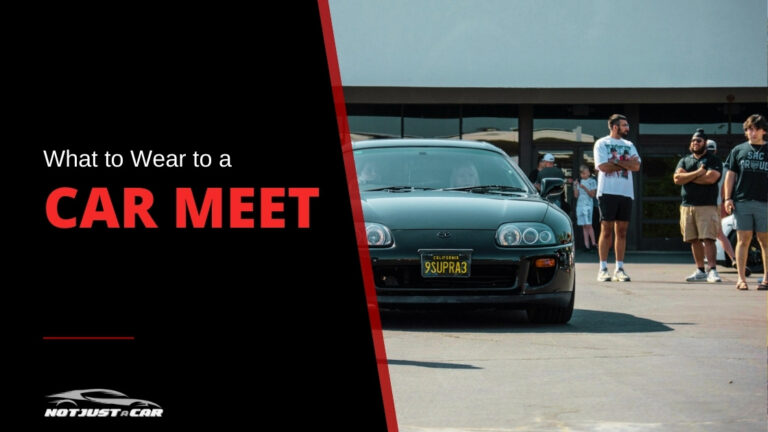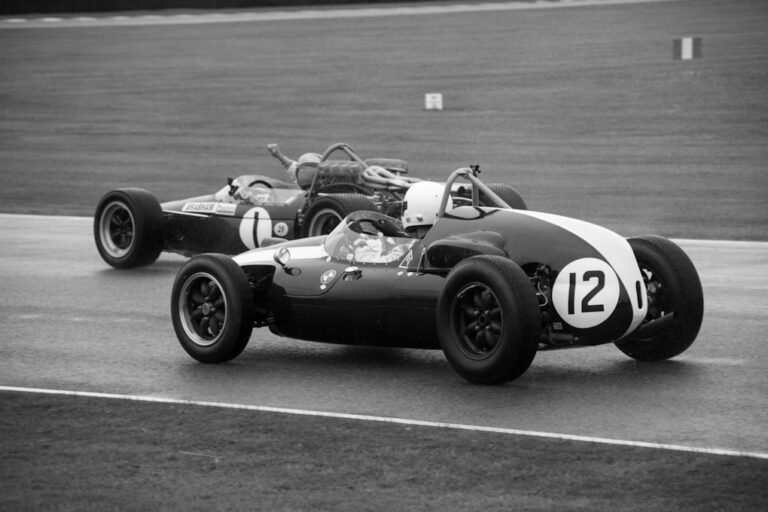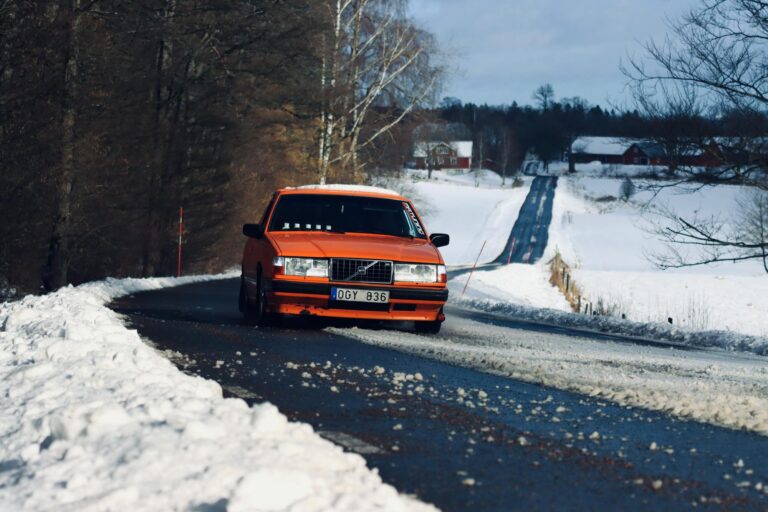7 Yakuza Cars That Became Symbols of Power
Yakuza cars whisper authority through understated paint and the quiet growl of hand-built engines.
I’m 34, grew up on a steady diet of Fast and Furious and Need for Speed, and spent most of my adult life chasing down interesting cars. One thing that I always found interesting is how the Yakuza, which is all about being discreet and subtle, chooses cars that seem to go against that very principle.
Hollywood gives us bright lights and drifting skylines, but the reality sits in the shadows: large sedans, dark paint, quiet engines, and an aura that tells you to look away without quite knowing why.
Suit up if that’s your thing, pour something stiff if it’s late, and let’s walk through the machines that carried bosses, lieutenants, and the occasional loose-cannon driver across Tokyo and beyond.
Quick Links
1. Toyota Century
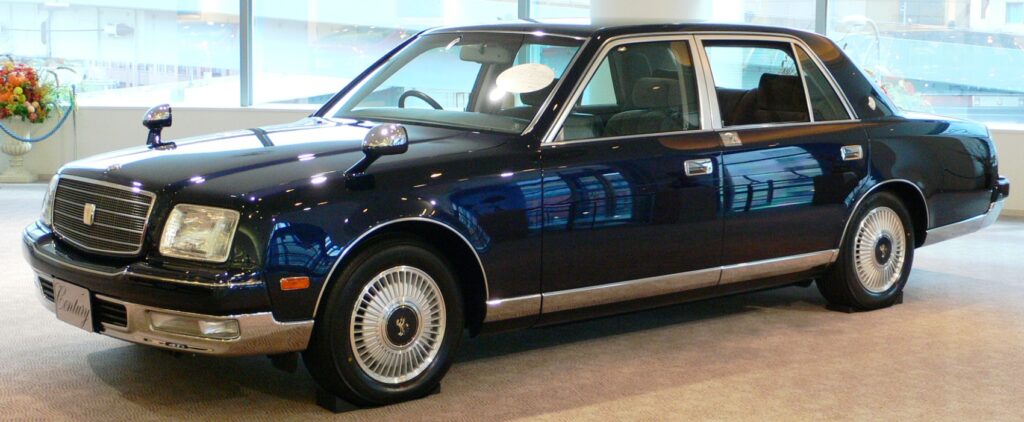
The Century is the unofficial monarch of Japanese executive cars. Its shape changed very little from 1967 until 2017, and that was intentional. Under the long hood sits either a hand-built V8 or V12, tuned for silence more than speed.
The cabin has wool upholstery, lace headrest covers, and curtains. These details matter in Yakuza circles; they signal heritage and patience. Rumors of discreet armor are hard to confirm, but it wouldn’t surprise anyone if a few examples weigh a little more than the brochure claims.
Armored or not… just look at that thing, it’s absolutely beautiful and imposing.
2. Nissan President

Think of the President as the Century’s pragmatic rival. Slightly less refined, slightly more aggressive. The late-80s HG50 chassis offered a 4.5-liter VH45 V8 that would later power Infiniti’s Q45. Inside you’ll find deep armchairs and power everything.
One look in the mirror at its squared-off front end, and you understand why TV dramas cast it as the antagonist’s car of choice. It sends a clear message without stepping over the line into ostentation.
3. Toyota Crown (S120–S140)
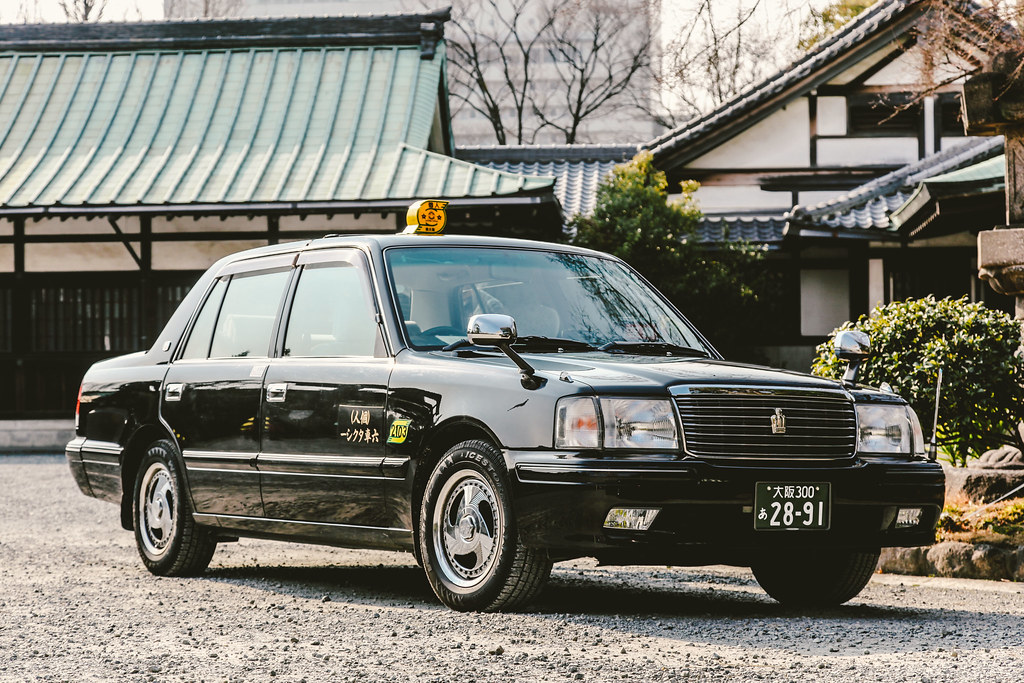
Before ride-sharing fleets discovered the Crown, mid-level Yakuza crews used it as the reliable daily. Easy parts supply, easy to modify, and almost invisible when left stock. Black paint, steel wheels, and rear curtains turn it into rolling camouflage. It can cruise through Ginza or vanish down a side street with equal ease, which explains why both police and underworld favored it for surveillance and counter-surveillance.
4. Mercedes-Benz S-Class (W126 / W140)
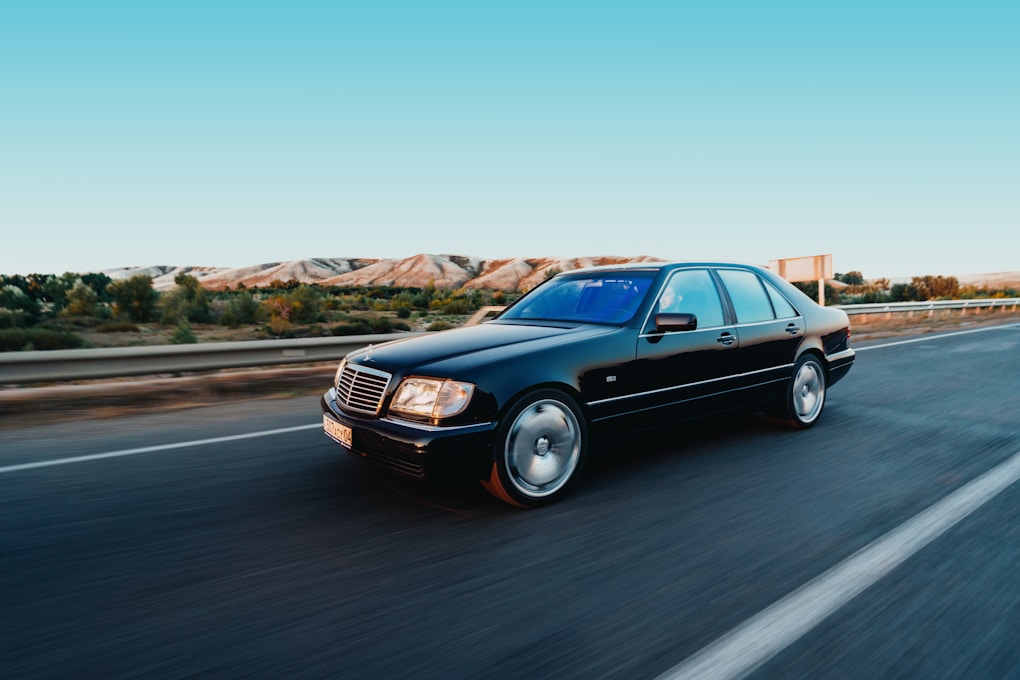
Imported status matters when deals stretch beyond Japan. A long-wheelbase S-Class—especially the overbuilt W140—signals international reach. Its double-glazed windows hush the outside world, and the naturally aspirated V8s or V12 provide effortless motion. Convoys of identical black S-Classes, each with small fender mirrors added for Japanese roads, are a common sight outside private clubs in Roppongi. They’re not diplomats; they simply prefer not to be photographed.
5. Lexus LS400 / Celsior
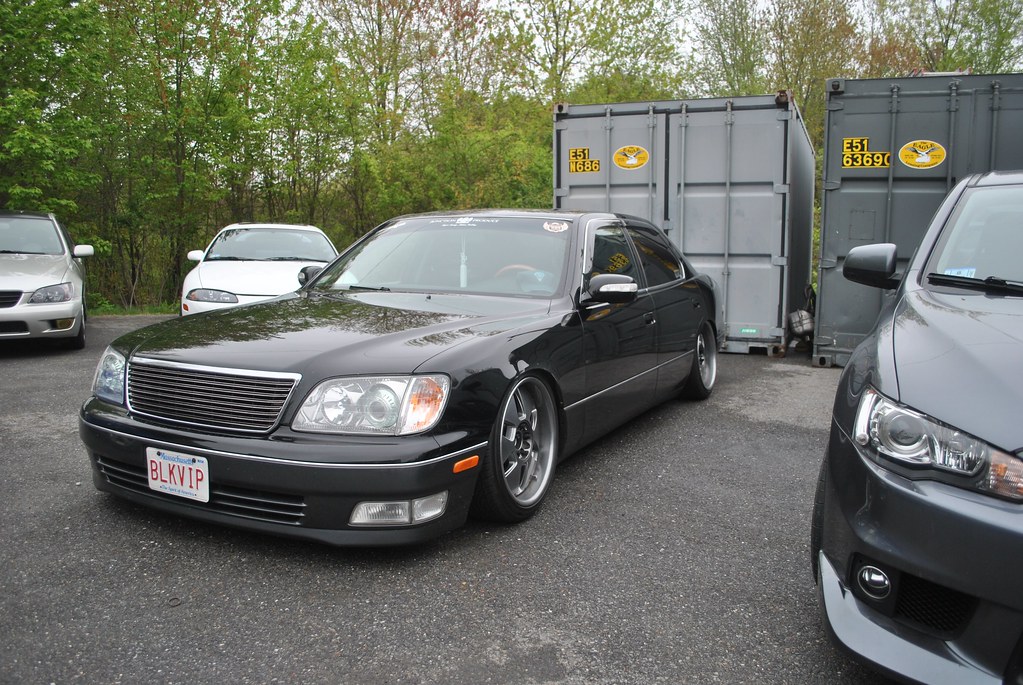
When Toyota launched the Celsior in 1989, younger bosses took notice. It mixed Century-level build quality with modern styling and cost less to maintain than a German flagship. In stock form it attracts no attention; swap to modest ride-height adjustment, discreet five-spokes, and darker glass, and you have a swift, quiet saloon that slides under every radar—literal or metaphorical.
6. Nissan Cedric & Gloria (Y31 / Y32)
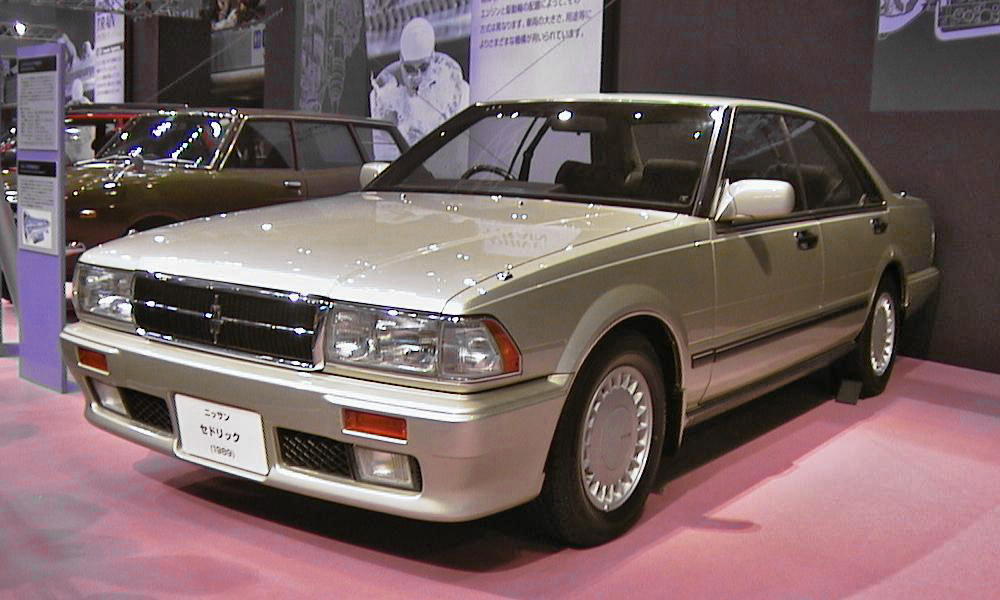
These two cousins filled every taxi stand and government car park in the late ’80s, which made them perfect for anyone who wanted to disappear in plain sight. Boxy, dependable, and cheap to repair, they became the fleet cars of smaller syndicates. Add chain curtains and a basic in-car radio, and they’re ready for a long stakeout or a hasty retreat.
7. Toyota Crown Majesta
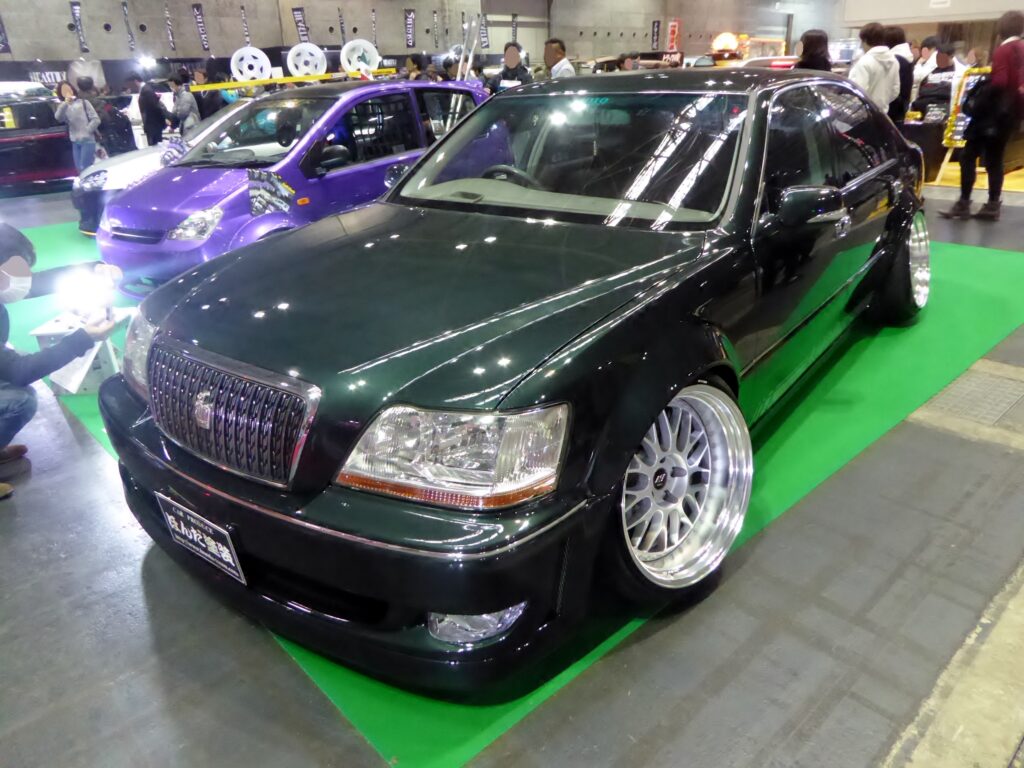
Take a regular Crown, stretch it, add more sound insulation and a higher-spec V8, and you have the Majesta. Its interior lighting is soft enough for paperwork or…other negotiations…while on the move. The extra rear width lets two enforcers sit side-by-side without elbows touching, which can be handy when diplomacy fails.
Bonus: Nissan Skyline Sedan

Four-door Skylines served double duty: respectable family car on the registration documents, quick response car in practice. They looked pedestrian, yet shared drivetrains with the sportier coupes. A tuned RB engine, police-spec brakes, and some driving talent could shake most tails through Tokyo’s elevated expressways long before CCTV blanketed every exit.
Why Not the Flashy Exotics?
Yes, a garage somewhere in Kobe holds a red Testarossa, and plenty of younger members post photos of wide-body Lamborghinis. Those remain exceptions. Traditional groups value discretion over spectacle.
Dark colors, stock ride height, curtains, and no external badging keep prying eyes away and law enforcement guessing. A low profile also preserves working relationships with legitimate businesses—a flashy wrap never sealed a deal, but a quiet handshake in the back of a Century often did.
Closing Thoughts
Yakuza car culture isn’t about lap times or Instagram likes. It’s about presence without noise and strength without announcement. That recipe turned otherwise ordinary sedans into icons for anyone who studies Japanese automotive history.
Next time you’re in Tokyo, especially if you’re at the famous Daikoku Parking Area, notice the black sedan idling two car lengths from the curb. Look at the steel wheels, the faint curtain line, the driver staring straight ahead. You’re looking at a rolling piece of underworld heritage. Have your own story of tracking down a Century or riding in a President? I’d like to hear it. Until then, keep an eye on the quiet cars; they usually have the best stories.

